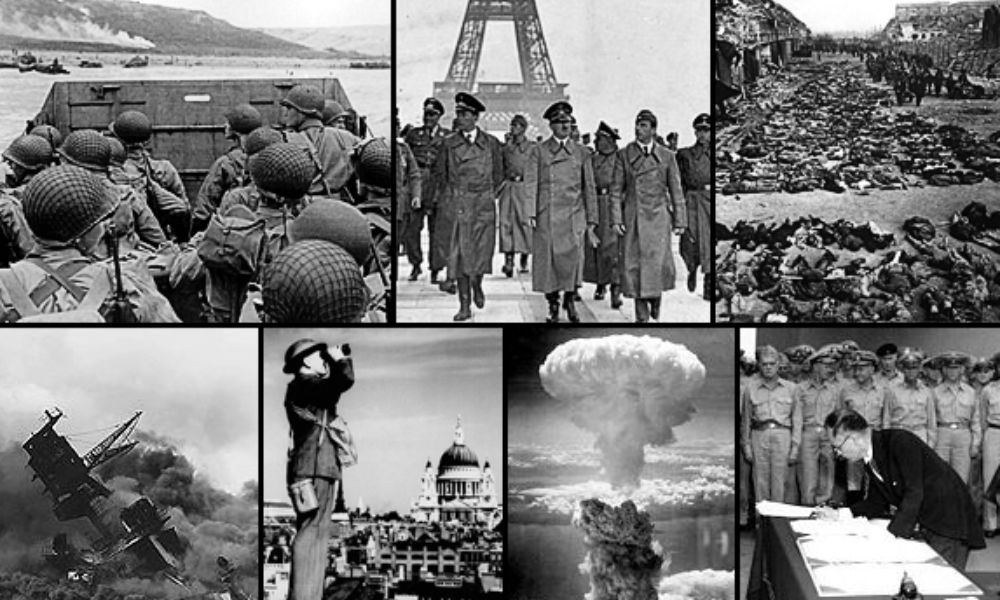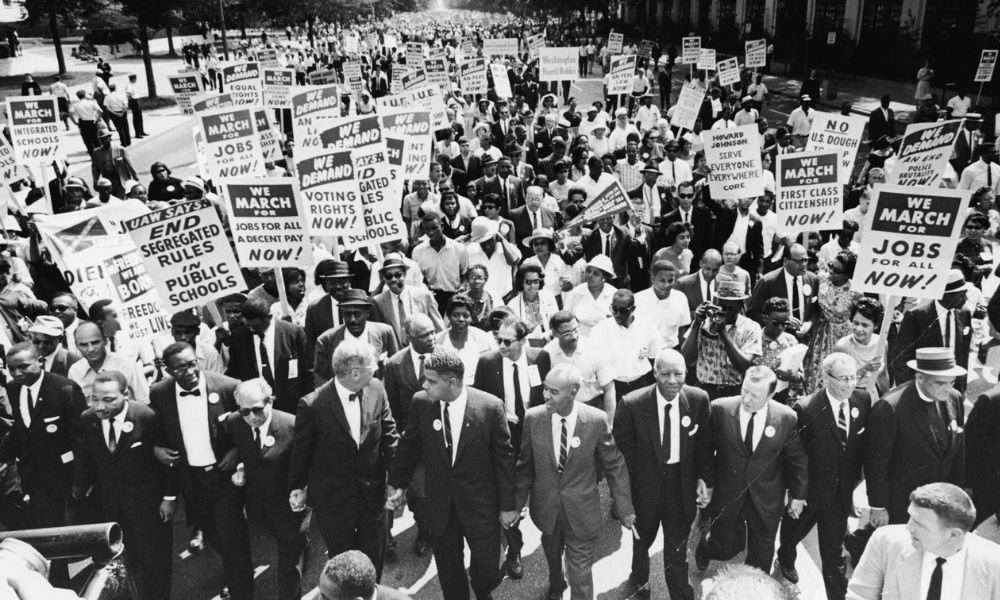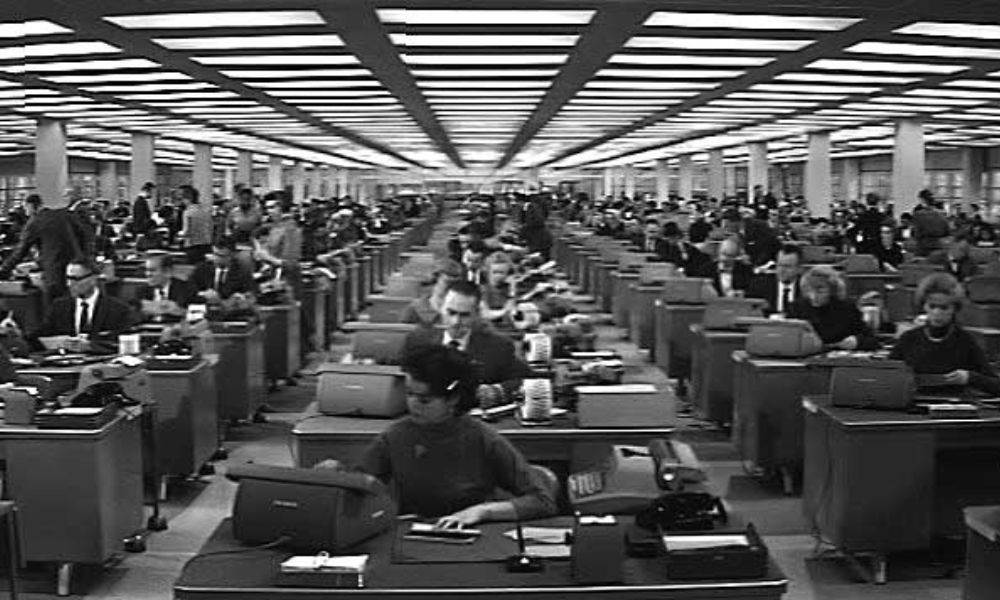If you think the challenges faced by Human Resource Management (HRM) today are unprecedented, think again. HR professionals have been at the forefront of change for over a century, constantly adapting to the shifting landscape of the workplace. From labor unrest to economic crises, wars to civil rights movements, HRM has weathered it all. Join us on a journey through time as we explore the fascinating evolution of the HR department and its functions.
The Birth of HRM: A Response to Labor Unrest (1910-20s)
In the early 20th century, labor conditions were deplorable, and workers were subjected to terrible working conditions. The aftermath of World War I saw Europe in ruins, while America experienced unprecedented prosperity. Yet, unenlightened businesses aimed to keep the profits for themselves, neglecting the well-being of their workers. However, the tide was turning, and some forward-thinking companies began to realize that employees were motivated by more than just money.

These companies, such as Kodak and Procter & Gamble, embraced a new approach to employer-employee relations. They introduced concepts like employee benefits, job security, and participation plans. This movement, known as ‘Welfare Capitalism,’ marked the first appearance of something resembling modern HRM. These progressive companies understood the importance of employee loyalty and motivation, using carrots instead of sticks.
The Great Depression and the Seeds of Hope (1930s)
The Great Depression of the 1930s brought unprecedented challenges to the economy. With record-high unemployment and industries collapsing, HRM seemed to fade into the background. Companies focused on survival rather than employee welfare. However, in the most unlikely of circumstances, a glimmer of hope emerged.

(Image Credit: www.history.com)
At Hawthorne Works, a Western Electric factory in Illinois, Elton Mayo conducted a groundbreaking study. Mayo recognized that workers were complex individuals, greatly influenced by the organizational structure around them. His discoveries laid the foundation for concepts like work-life balance, company culture, and employee engagement. Despite the difficult times, HRM was evolving and gaining newfound purpose.
World War II: The Mother of All Talent Shortages (1940s)
World War II brought about a severe shortage of skilled labor. The government demanded an enormous number of aircraft and war materials to support the war effort. With millions of troops going off to fight, the question arose: Who would fill the labor gap? Enter “Rosie the Riveter.”

(Image Credit: Wikipedia)
Women stepped up to the front lines, taking on traditionally male-dominated roles in industries like aviation. The war created a seismic shift in societal norms, with women comprising 65% of the aviation workforce by 1943. This experience fueled the fight for workplace equality and laid the groundwork for future advancements in diversity and inclusion.
The Fight for Civil Rights: A Battleground in the Workplace (1950s/60s)
The 1950s and 60s marked a period of intense social change and growing protests for civil rights. Women were paid significantly less than men, and African Americans faced systemic discrimination. The workplace became a battleground for equality, and HRM played a crucial role in effecting change.

(Image Credit: www.history.com)
Government legislation, such as the Equal Pay Act of 1963 and the Civil Rights Act of 1964, prohibited discrimination and established equal opportunity employment. However, banning discrimination on paper was just the first step. It was the responsibility of HRM to make these laws a reality within organizations.
The Clash of Generations: Baby Boomers Enter the Workforce (1960s/70s)
Managing multiple generations in the workplace is a challenge even today. In the 1960s, the clash between the older generation, shaped by the Great Depression and war, and the baby boomers, fresh out of college with their own opinions, was palpable. Communication and understanding between these two groups were essential for productivity and harmony.

(Image credit:- Living Stingy)
HRM stepped up to the plate, recognizing the need for change. They began providing younger employees with more say in decision-making, regular feedback, and increased focus on learning and development. This approach not only bridged the generation gap but also boosted productivity and kept the older generation satisfied.
Globalization and the Information Age: Adapting to a Changing World (1980s/90s)
The late 20th century brought about rapid globalization and the advent of the information age. Computers became mainstream, and the internet transformed into an essential business tool. With competition increasing, businesses needed to adapt to stay competitive while also motivating employees in an uncertain job market.

HRM embraced technology, utilizing HRIS systems and HR technology firms to enhance their capabilities. They initiated organizational learning programs, innovated benefits structures, and focused on employee engagement. The tech industry, in particular, relied on HRM to recruit and retain skilled talent in high demand.
The Financial Crisis: Navigating Uncharted Waters (2000s/10s)
The turn of the millennium brought unprecedented challenges, from the subprime mortgage crisis to the global financial meltdown. Unemployment soared, and the gig economy emerged, rewriting the rules of work. HRM found itself in the midst of a crisis, but this time, it had become an established part of organizations.

With the help of advanced HR software and tools, HRM played a vital role in guiding businesses through the storm. They optimized labor costs, focused on productivity, and implemented flexible working solutions. HRM proved its worth by being part of the solution rather than being sidelined.
HRM in the Time of COVID: Keeping Employees Engaged and Safe
And now, we find ourselves in the midst of a global pandemic. COVID-19 has presented HRM with unprecedented challenges. HR professionals have had to swiftly adapt, moving employees to remote work, ensuring their safety, and maintaining engagement and productivity in a virtual environment.

The world of work is being reimagined, and HRM is at the forefront of this transformation. As we navigate these uncertain times, HRM continues to evolve, finding innovative ways to keep employees safe, redefine benefits, and preserve company culture. COVID-19 may be the greatest challenge yet, but HRM has never been better equipped to make a difference.
A Century of Adaptation and Growth
The journey of HRM over the past century is a testament to its resilience and adaptability. From its humble beginnings as a response to labor unrest to becoming a vital strategic partner in the modern workplace, HRM has come a long way. It has weathered wars, economic crises, and social change, constantly evolving to meet the needs of employees and organizations.
As we look to the future, HRM will continue to play a crucial role in shaping the workplace. The challenges may be different, but the core principles of HRM remain the same – attracting, developing, and retaining the best talent, fostering an inclusive and engaging work environment, and driving organizational success.
So, the next time you interact with your HR department, take a moment to appreciate the journey they’ve been on. From labor disputes to global pandemics, they’ve been there, navigating uncharted waters and striving to create a better workplace for all. HR professionals truly are the unsung heroes of the modern workforce.





